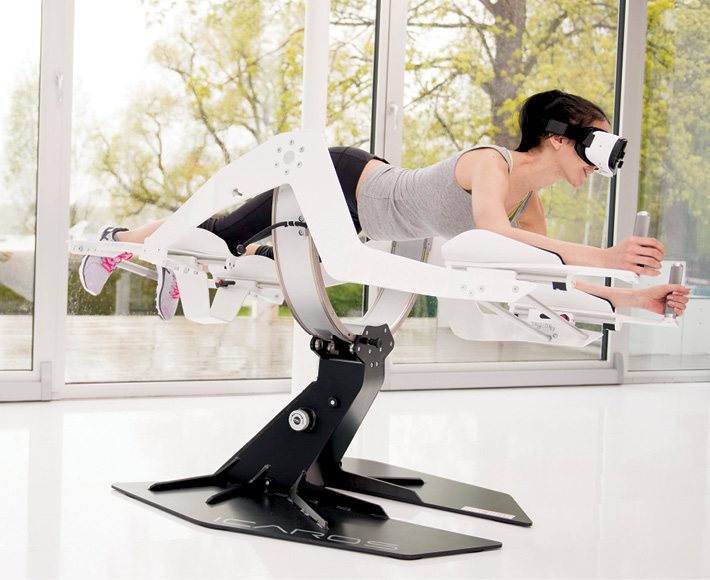Diamonds to power quantum computers
Scientists have developed a way to mass-produce tiny diamond crystals shaped like needles and threads, which may power the next generation of quantum computing. Physicists from Lomonosov Moscow State University in Russia have described structural peculiarities of micrometre-sized diamond crystals in needle- and thread-like shapes, and their interrelation with luminescence features and field electron emission efficiency.

They have shown that low-quality diamond films containing separate, unconnected crystallites could be used for production of diamonds in the form of needle- or thread-like shapes. In order to achieve this, it is necessary to heat such films in an oxygen-containing environment. When heated, a part of the film material begins oxidising and gasifies. Due to the fact that diamond crystallite oxidation requires maximum temperature, it is possible to adjust the temperature so that all material except diamond crystallites is gasified.
This relatively simple technology combines production of polycrystalline diamond films with specific structural characteristics via heating in oxygen. It enables mass-production of diamond crystallites of various shapes. The crystallites could be used, for instance, as high-hardness elements, cutters for high-precision processing, or indenters or probes for scanning microscopes.
Powering medical implants with solar cells
The notion of using solar cells placed under the skin to continuously recharge implanted electronic medical devices is a viable one. Swiss researchers have found that a 3.6-square-centimetre solar cell is all that is needed to generate enough power during winter and summer seasons to power a typical pacemaker.
The study is the first to provide real-life data about the potential of using solar cells to power devices such as pacemakers and deep brain stimulators. According to lead author Lukas Bereuter of Bern University Hospital and University of Bern in Switzerland, wearing power-generating solar cells under the skin can one day save patients the discomfort of having to continuously undergo procedures to change the batteries of such life-saving devices.
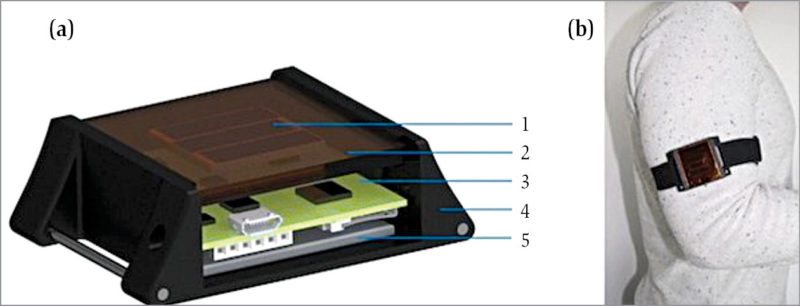
Researchers achieve breakthrough in flexible electronics
Semiconductors are the very basic components of electronic devices, and these have improved our lives in many ways. These can be found in lighting, displays, solar modules and microprocessors that are installed in almost all modern-day devices, from mobile phones, washing machines and cars, to the emerging Internet of Things.
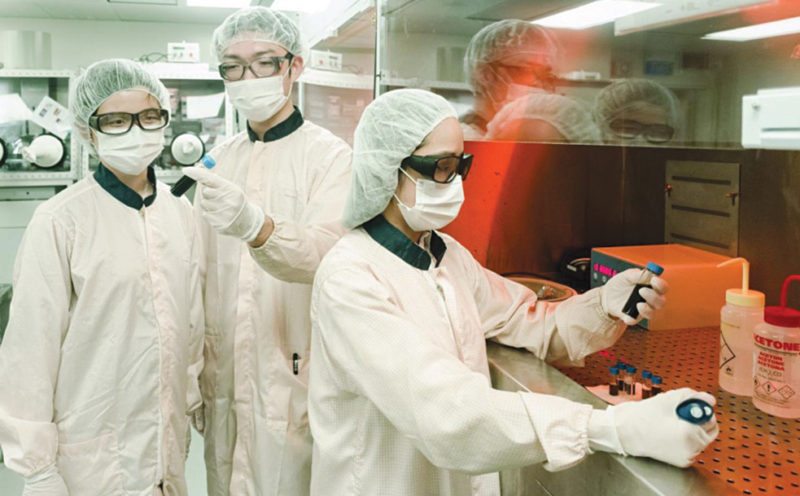
To make high-performance devices, however, good ohmic contacts with low electrical resistances are required to allow the maximum current to flow both ways between the electrode and the semiconductor layers. A team of scientists from National University of Singapore has successfully developed conducting polymer films that can provide unprecedented ohmic contacts to give superior performance in plastic electronics, including organic light-emitting diodes, solar cells and transistors.
The researchers discovered how to design polymer films with the desired extreme work functions needed to generally make ohmic contacts. Work function is the minimum amount of energy needed to liberate an electron from the film surface into vacuum. They showed that work functions as high as 5.8 electron-volts and as low as 3.0 electron-volts can now be attained for films that can be processed from solutions at low cost.
Flexible transparent conductor free of reflection and scattering
An effort is being made to search alternative transparent conductor materials that could replace indium-tin-oxide (ITO), especially for device flexibility. While the scientific community has investigated materials such as Al-doped ZnO, carbon nanotubes, metal nanowires, ultra-thin metals, conducting polymers and most recently graphene, none of these have been able to present optimal properties that would make these replace ITO.
Ultra-thin metal films have been shown to present very low resistance, although their transmission is also low, unless anti-reflection undercoat and overcoat layers are added to the structure. ICFO-The Institute of Photonic Sciences researchers Rinu Abraham Maniyara, Vahagn K. Mkhitaryan, Tong Lai Chen and Dhriti Sundar Ghosh, under the guidance of Valerio Pruneri, ICREA Prof. at ICFO, have developed a room temperature processed multilayer transparent conductor optimising the anti-reflection properties to obtain high optical transmissions and low losses, with large mechanical flexibility properties.
In their study, they applied an Al-doped ZnO overcoat and a TiO2 undercoat layer with precise thicknesses to a highly-conductive silver ultra-thin film. By using destructive interference, the researchers showed that the proposed multilayer structure could lead to an optical loss of approximately 1.6 per cent and an optical transmission greater than 98 per cent in the visible.
The study shows the potential that this multilayered structure could have in technologies that aim at efficient and flexible electronic and optoelectronic devices.
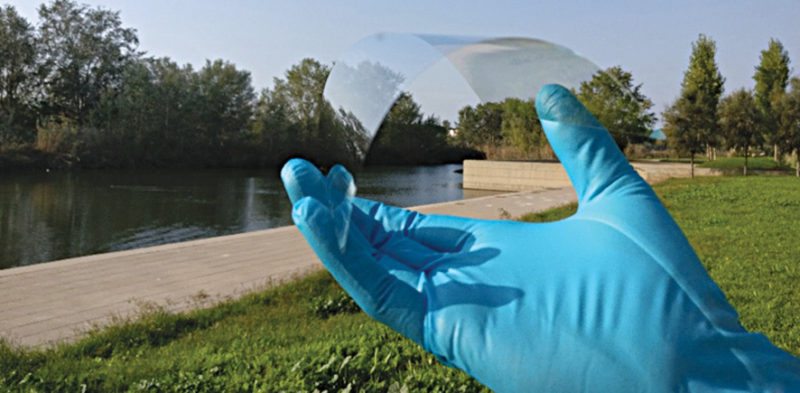
Indian students create disaster recovery and surveillance robot
Fourteen-year-olds Anuj Verma and Shlok Jhawar, students of Delhi Public School, Bengaluru, India, under the mentorship of National Instruments, have successfully created a four-wheeled, all-terrain, multi-purpose robot named, Recon Rover. In their quest to do something for the society, these budding engineers aspired and built the disaster recovery and surveillance robot, Recon Rover, that can be used for surveillance during disasters and natural calamities.
The robot incorporates data from various actuators and sensors to give users the best control and accurate data from areas struck by natural calamities. It uses ultrasonic sensors to automatically avoid obstacles and prevent crashes along with sensing the presence of humans stuck in disaster zones. It sends real-time images and data from the disaster site while being controlled remotely.
Future smartphone could be powered by bacteria

A team of scientists from Oxford University has showed how the natural movement of bacteria could be harnessed to assemble and power microscopic wind farms or other man-made micro-machines such as smartphone components. The team has used computer simulations to demonstrate that the chaotic swarming effect of dense active matter such as bacteria can be organised to turn cylindrical rotors and provide a steady power source.
Researchers say that these biologically-driven power plants could some day be the microscopic engines for tiny, man-made devices that are self-assembled and self-powered—everything from optical switches to smartphone microphones.
Dense bacterial suspensions are the quintessential example of active fluids that flow spontaneously. While swimming bacteria are capable of swarming and driving dis-organised living flows, these are normally too disordered to extract any useful power from.
Wearables can tell if you are sick before you can
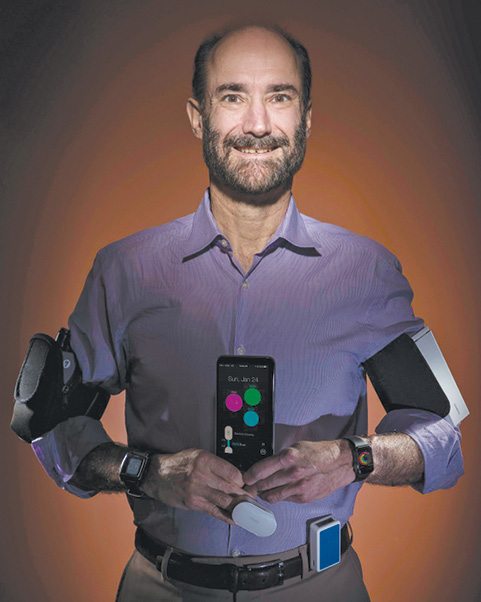
New research from Stanford shows that fitness monitors and other wearable biosensors can tell when your heart rate, skin temperature and other measures are abnormal, suggesting possible illness.
Wearable sensors that monitor heart rate, activity, skin temperature and other variables can reveal a lot about what is going on inside you, including the onset of infection, inflammation and even insulin resistance, according to a study by researchers at Stanford University School of Medicine.
An important component of the ongoing study is to establish a range of normal, or baseline values for each person in the study and when they are ill. “We want to study people at an individual level,” said Michael Snyder, PhD, professor and chair of genetics.
Lie-detecting kiosks are here
The Automated Virtual Agent for Truth Assessments in Real Time (AVATAR) is currently being tested in conjunction with Canadian Border Services Agency to help border security agents determine whether travellers coming into Canada may have undisclosed motives for entering the country.
According to San Diego State University management information systems professor, Aaron Elkins, “AVATAR is a kiosk, much like an airport check-in or grocery store self-checkout kiosk. However, it has a face on the screen that asks travellers questions, and can detect changes in physiology and behaviour during the interview. The system can detect changes in the eyes, voice, gestures and posture to determine potential risk. It can even tell when they are curling their toes.”
Once the kiosk detects deception, it would flag those passengers for further scrutiny by human agents.
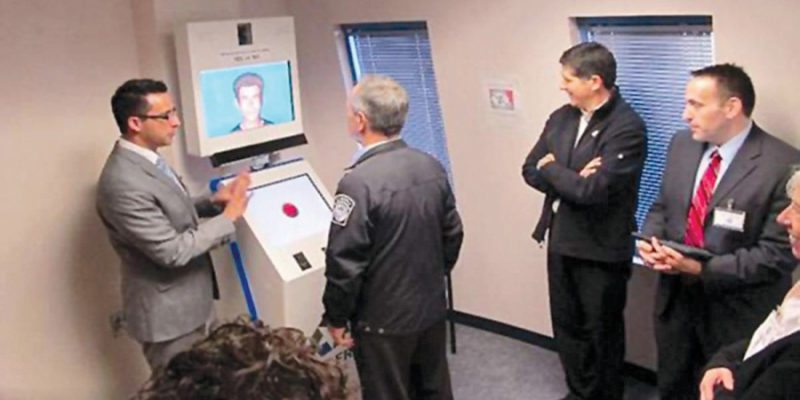
ICAROS is the fitness machine that simulates flying
ICAROS is a full-body system with a gyroscopic design, which aims to make working out more enjoyable. In this setup you have to use your core strength to control the movements of the machine and in the game itself. You have to lie in a plank-like position the entire time while flying through an array of virtual settings. You can choose games depending on your physical abilities, and work up to more difficult settings to increase the benefits of the exercise.
